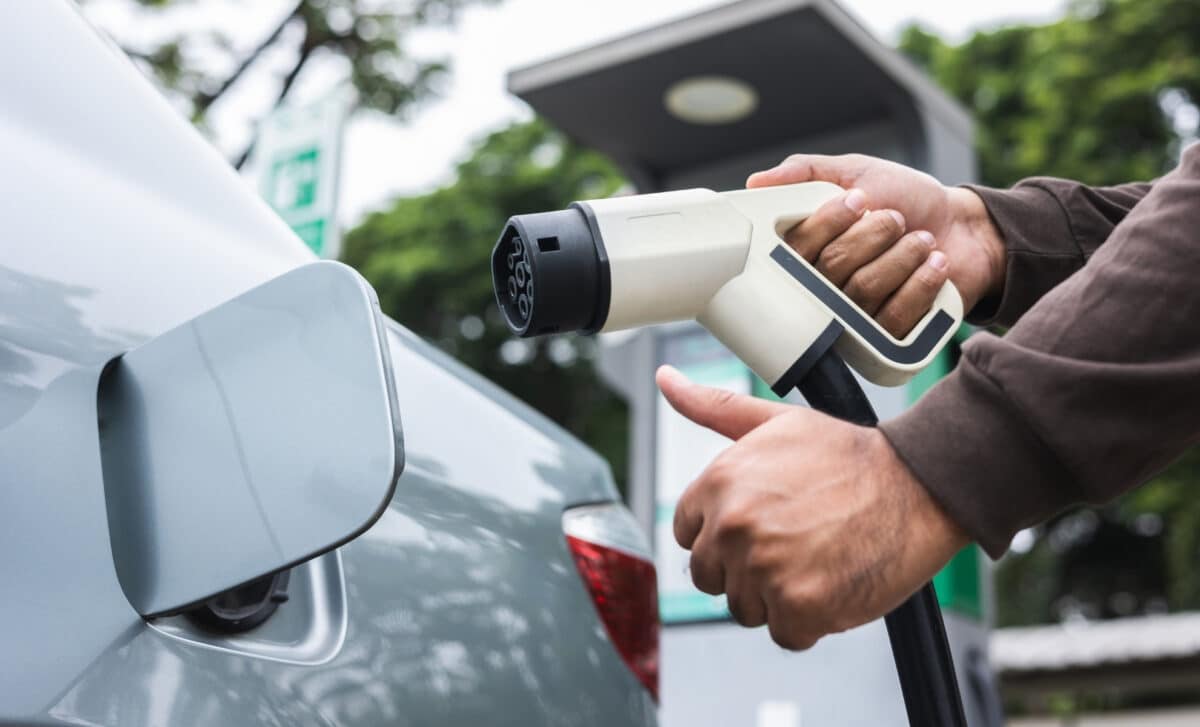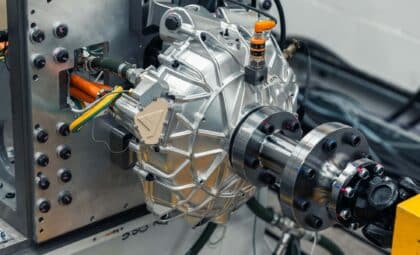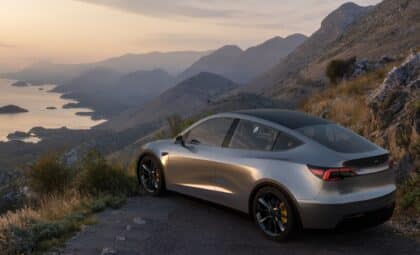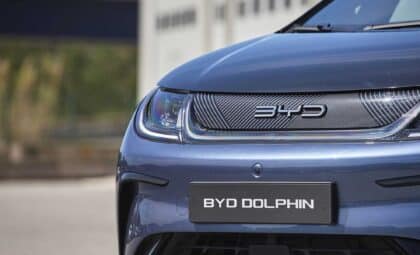Interest in bi-directional charging technology has surged as homeowners look for alternatives to traditional generators during outages and seek to optimize energy usage during peak pricing hours. Some carmakers have responded by integrating V2H capabilities into new models, but the technology remains limited to a small group of vehicles.
Not every EV on the market is V2H-ready. The difference lies in more than battery size — it’s about software and electrical systems that allow energy to safely flow out of the vehicle. The feature is often tied to proprietary home energy ecosystems, requiring specific chargers and integration kits. Only a few EVs currently support full home backup functions.
GM, Ford, and Kia Among Early Adopters of V2h
Several major manufacturers have already added V2H functionality to their most recent EVs. GM’s Ultium-based lineup, including the Chevy Bolt (2026), Equinox, Silverado, and Blazer EVs, supports power-back-to-home capabilities via the GM Energy Ultium Home System. This system includes a 19.2 kW Powershift Charger, delivering 6–7% more output than a typical Level 2 charger, according to GM Energy. Pricing for the full setup reaches $12,699, not including installation.
Ford’s F-150 Lightning has been another early example of real-world V2H application. The electric truck can push up to 9.6 kW of power back to a residence, enough to maintain basic appliances during blackouts. Ford requires its Charge Station Pro, along with a Home Integration System, for the feature to function — bringing the hardware cost to about $5,000.
Kia’s EV9 also supports V2H, using the Quasar 2 charger by Wallbox. A fully charged EV9 can reportedly power a typical suburban home for three days, though the Quasar 2 setup starts at $6,440. Kia adds a Power Recovery Unit (PRU) for energy management and split-phase operation.
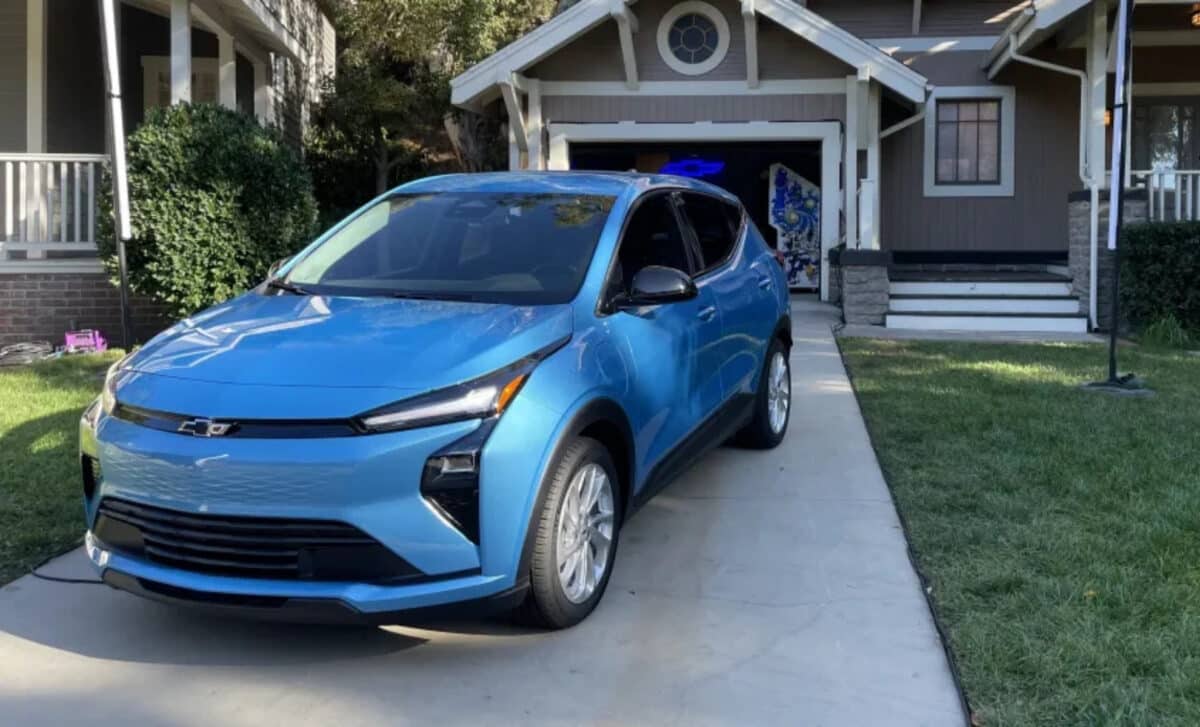
Upcoming Models from Honda and Others Will Expand the List
At the RE+ 2025 event, Honda announced that its upcoming 2026 Acura RSX will include built-in V2H and vehicle-to-grid (V2G) support. It’s the first model built entirely on Honda’s own global EV platform to feature this functionality. The company has indicated that all future EVs developed on this platform will also include bi-directional capabilities, though no pricing details have been released.
Tesla, surprisingly, remains largely absent from the V2H-ready list, with only the Cybertruck officially supporting the feature. Cybertruck owners with a Tesla Powerwall can access home backup without further equipment. Others will need a Universal Wall Connector, Powershare Gateway, and Backup Switch, for a combined cost of approximately $3,500 before installation, according to Tesla.
Taiga, a Canadian startup known for electric personal watercraft, is incorporating V2H and bidirectional charging into its 2026 Orca WX3 model. While this use case is unconventional, the system could prove useful for powering off-grid cabins or marine equipment.
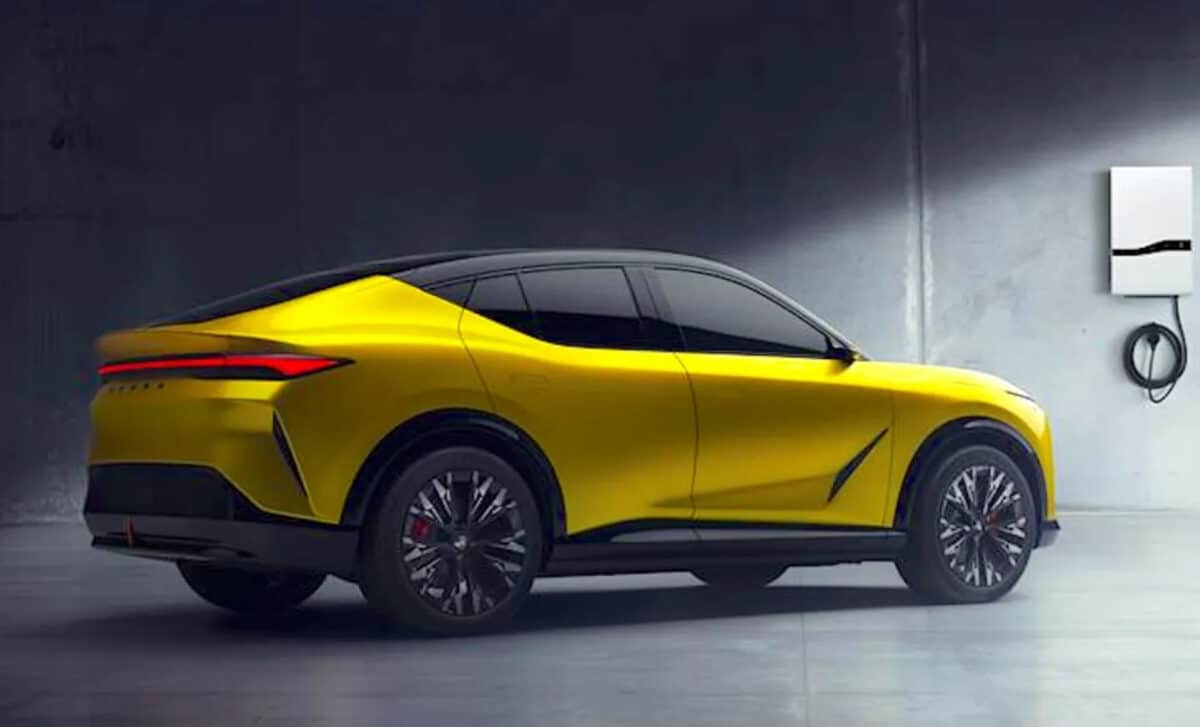
Third-Party Systems Open the Door for More EVs
For EV owners whose cars aren’t on the V2H-ready list, alternatives exist. A growing number of third-party systems are enabling bi-directional capabilities across a wider range of vehicles. Among them is Sigenergy, a new player offering a V2X platform that supports cars like the Kia EV6, Volvo EX30, and various Volkswagen, Audi, Porsche, and Mercedes-Benz models.
According to Electrek, Sigenergy’s system works using the DIN70121 and ISO15118-2 communication protocols. Fred Lambert, the outlet’s Editor-in-Chief, recently tested the product alongside Sylvain Juteau of Roulez Electrique and described the performance as “impressive.”
Still, these third-party systems can’t guarantee universal compatibility, and integration often requires specific software updates or dealer installations. For example, some 2024 GM models require an OTA update or a visit to a dealership to activate V2H support.

